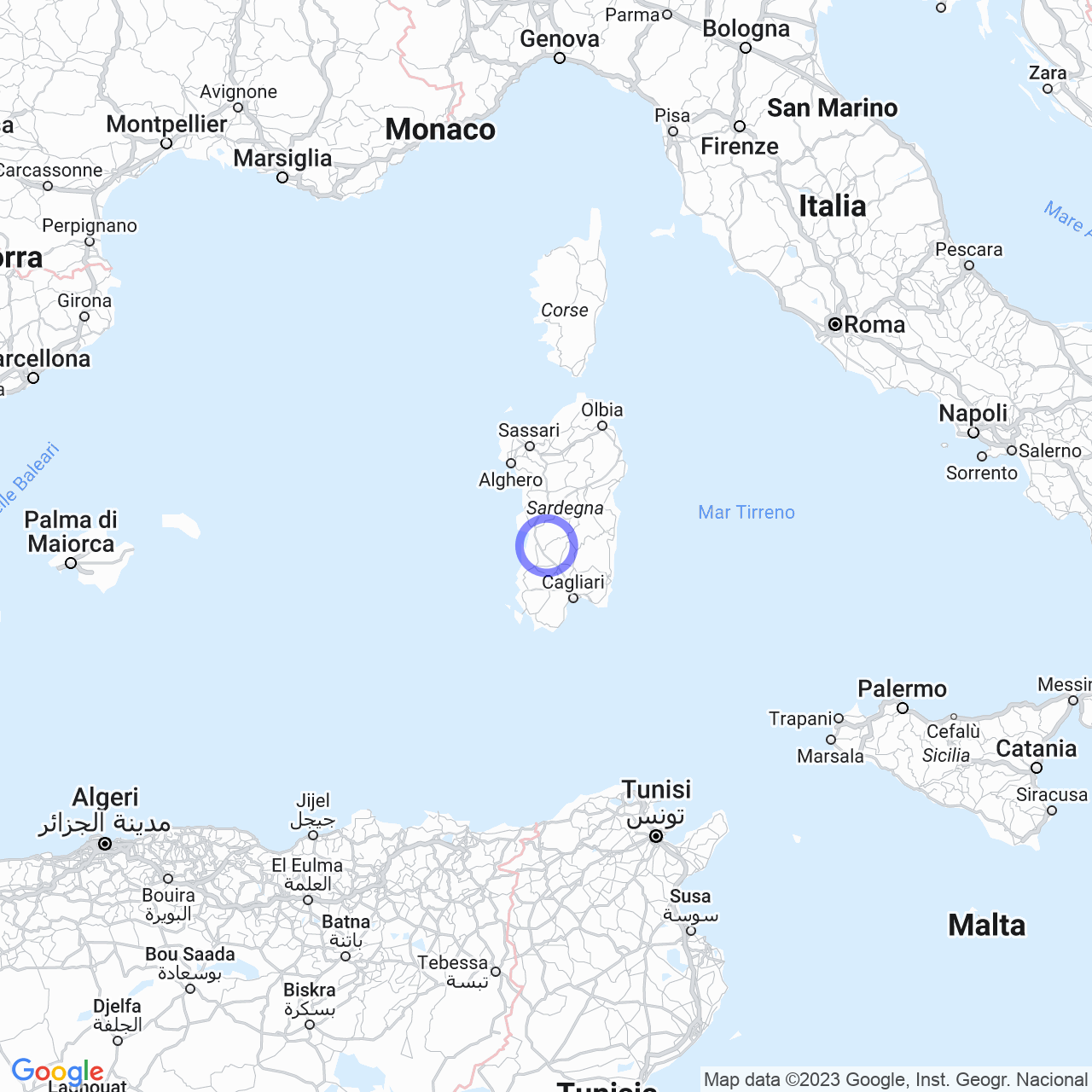Morgongiori
Morgongiori: an overview of the Municipality
Morgongiori, also known as Mragaxòri in Sardinian language, is a small municipality in the province of Oristano, located in Sardinia in the region of Marmilla. With a population of 656 inhabitants, Morgongiori is a peaceful and charming place with a cultural and scenic heritage to discover.
Physical geography
The Municipality of Morgongiori is located on the southern slope of Mount Arci, surrounded by the rugged rocky walls of the area. The natural sculpture called "Warrior's Head" is a unique characteristic of the area.

History
The territory of Morgongiori has been inhabited since ancient times, as evidenced by the numerous archaeological sites and workshops for the extraction and processing of obsidian. In Nuragic times, there were several nuraghes in the area, providing further evidence of human settlements in the area.
Morgongiori has had several historical affiliations over the centuries. During the Middle Ages, it was part of the Arborea judicate and the curatorship of Parte Montis. When the judicate fell in 1410, Morgongiori passed under the control of the Marchesato di Oristano. After the final defeat of the Arborenses in 1478, it passed under Aragonese domination and was incorporated into the Incontrada of Parte Montis. In 1603 it was incorporated into the marchesato di Quirra. The town was finally redeemed from the last feudal lords in 1839.
Symbols
The municipality's flag is a yellow banner. It was granted along with the municipality's coat of arms by decree of the President of the Republic on January 7, 2010.
Monuments and places of interest
Morgongiori is rich in archaeological sites that testify to the presence of man in this region since ancient times. The sites include the Domus de Janas of Prabanta or Su Forru de Luxia Arrabiosa, the Domus de Janas of Sa Forra'e su Stabi de Luxia Arrabiosa, the Menhir of Prabanta su Frucoi de Luxia Arrabiosa, the Nuraghe of Su Trunku de is Pillonis, and the Nuragic sanctuary of Sa Grutta de is Caombus and Sa Scaba 'e Cresia in the locality of Sa Punta 'e Santu Marcu.
Society
Demographic evolution
The demographic evolution of Morgongiori has been stable over the years, remaining around 656 inhabitants.
Languages and dialects
The variant of the Sardinian language spoken in Morgongiori is Campidanese/Oristanese Sardinian, a variant of Sardinian.
Culture
Cuisine
Morgongiori's cuisine is characterized by typical Sardinian dishes. One of these dishes is "is lorighittas", a pasta prepared by hand by twisting a double strand of pasta between the fingers to create a braid closed to form a ring, called "loriga" in Sardinian language.
Notes
Bibliography
The history and culture of Morgongiori have been studied and documented in several works, such as Enedina Rosaria Posulo's book "Morgongiori" and Francesco Manconi Quesada's essay "The sacred nuragic cave of Morgongiori".
Other projects
To learn more about Morgongiori, you can visit the official website of the Municipality and the Wikipedia page dedicated to the town.
